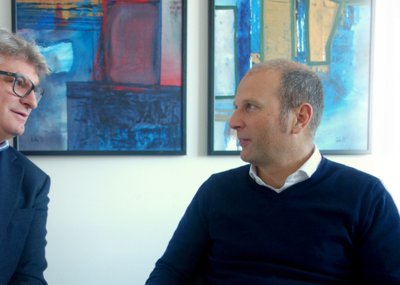Volkswagen Group, headquartered in Wolfsburg, Germany, recently reported on the present and future applications it has identified for metal Additive Manufacturing in automotive production. In the report, Volkswagen stated that, like many companies, the primary benefit of AM has so far been in the rapid production of prototypes and one-off parts in very small lot sizes.
Metal AM has been found to be ideally suited to the production of parts for special and exclusive series vehicles, with some already in production on metal AM systems. Original replacement parts no longer held in warehouses are also being reproduced using AM, including the gearstick for the Porsche 959 and water connector for the Audi W12 engine.
Alexander Schmid, a member of After Sales and Sales at Audi AG, explained, “Reproduction on demand is a vision for us. In the future, we will be able to economically and sustainably ensure supply with fewer original replacement parts. Regional printing centres will simplify logistics and warehousing operations.”
The group also identified the potential for weight saving and freedom of geometric design as key advantages offered by Additive Manufacturing technology, with one application being the production of tools for hot forming, plastic injection moulding and die-casting applications with conformal cooling channels under the surface, enabling improved cooling and reduced process times.
A research project is also currently underway at Volkswagen Osnabrück to reinforce an A-pillar using metal Additive Manufacturing. Using AM, the number of individual parts in the component has reportedly been reduced by 74%, significantly reducing its weight without negatively impacting its durability.
However, Volkswagen clarified that much work remains if Additive Manufacturing in the automotive industry is to graduate from prototyping to mass production technology. Jӧrg Spindler, Head of Equipment and Metal Forming at the Audi Competence Center, stated that he doesn’t believe metal Additive Manufacturing will replace other technologies, comparing it to other technologies which were seen as disruptors when they emerged.
“Carbon-fibre-reinforced polymer didn’t knock steel sheets out of the game. Rather, it created new possibilities,” he explained. “Metallic 3D printing is also not a competing process in mass production. But it will certainly lead to significant progress in some sub-areas. Today, 3D printing pays off when you make up to 200 units throughout the life-cycle of a product. With the help of optimisation in process and plant engineering, we will be able to reach cost-effectiveness at a level of 3,000.”
Volkswagen reported that it expects metal AM will remain limited to special application areas for the time being, due to its relatively low production speed and high cost. In addition, the group stated that the dimensional accuracy and finish quality of metal AM components would also need to be improved to make it a viable technology for mass production.
Source: metal-am.com
×


